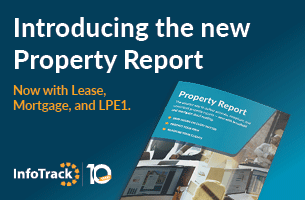
Earnings: Female barristers earn 70% of what men do
The gender and ethnicity pay gaps at the Bar remains substantial and have actually widened a little over the past three years, according to Bar Standards Board (BSB) research.
Even when comparing those with the same main area of practice and seniority by year of call, female barristers and barristers from minority ethnic backgrounds are likely to earn less than male and White barristers respectively.
These were “often significant”, the research said – for example, the median income of women over 15 years of call working in financial and commercial law is half of their male equivalents’ earnings.
The gender pay gap was wider than that for ethnicity when mean incomes were looked at: women in 2023/24 earned an average of £148,276, 57% of what men earned (£258,558). Minority ethnic barristers’ incomes (£167,741) were 74% of White barristers’ (£227,084). All figures are gross.
However, the median is seen as a better reflection of ‘typical’ earnings – because it is less skewed by extremes at either end – and this recorded that women were earning 70% of what men were in 2023/24 (£99,717 v £142,328), and minority ethnic barristers 69% of what White barristers pulled in (£90,090 v £129,920).
Unsurprisingly, female barristers from minority ethnic backgrounds were the lowest earning group, with mean incomes 47% of those of White male barristers.
The BSB last published this research in 2022 and wanted to see how things had changed in the three years since.
Though on the mean measure the gaps have closed in that time, based on the median they have increased, by one (gender) and two (ethnicity) percentage points, compared to 2021/22.
Researchers said the mean gaps were affected by “greater income gains for the highest-earning female barristers and barristers from minority ethnic backgrounds”.
Among minority ethnic barristers, Black and Black British barristers earned less than Asian and Asian British barristers.
The gaps were smaller at the employed Bar than at the self-employed Bar, while income disparities in London were “markedly higher” than those for barristers outside the capital.
But there were some groups bucking the wider trend by narrowing the income gap across both the mean and median measures: minority ethnic barristers with less than 15 years of call, female KCs, minority ethnic KCs, minority ethnic self-employed barristers, and female and minority ethnic barristers based in London.
Among the reasons for the disparities, past BSB research has indicated, are unfavourable treatment around work allocation – especially for women working flexibly to care for children or returning from maternity leave – and an expectation that women will specialise in lower-earning, often publicly funded, areas of law.
Working patterns could have a strong relationship with the level of income declared, the report acknowledged, but the BSB did not control for this variable because it currently does not collect the information.
“These research findings will be used to inform the BSB’s strategy and shape recommendations about our approach to equality and diversity at the Bar,” the report said.
“In the light of these findings, the BSB will work with the profession to consider what can be done to reduce the income disparities identified.
“Chambers are already expected to monitor work allocation, and may wish to consider the Bar Council’s guidance on good practice for work allocation around sex and race… Similarly, chambers and employers may consider analysing and publishing their income pay gap data by ethnicity and gender.”
BSB director general Mark Neale said: “We remain determined to see a step change in progress and will work with the Bar to promote equality of opportunity.
“We are consulting on a new strategy in the autumn and we will be engaging stakeholders specifically on how we can support chambers and employers to monitor the distribution of work and act to address unequal chances to progress.”
















Leave a Comment